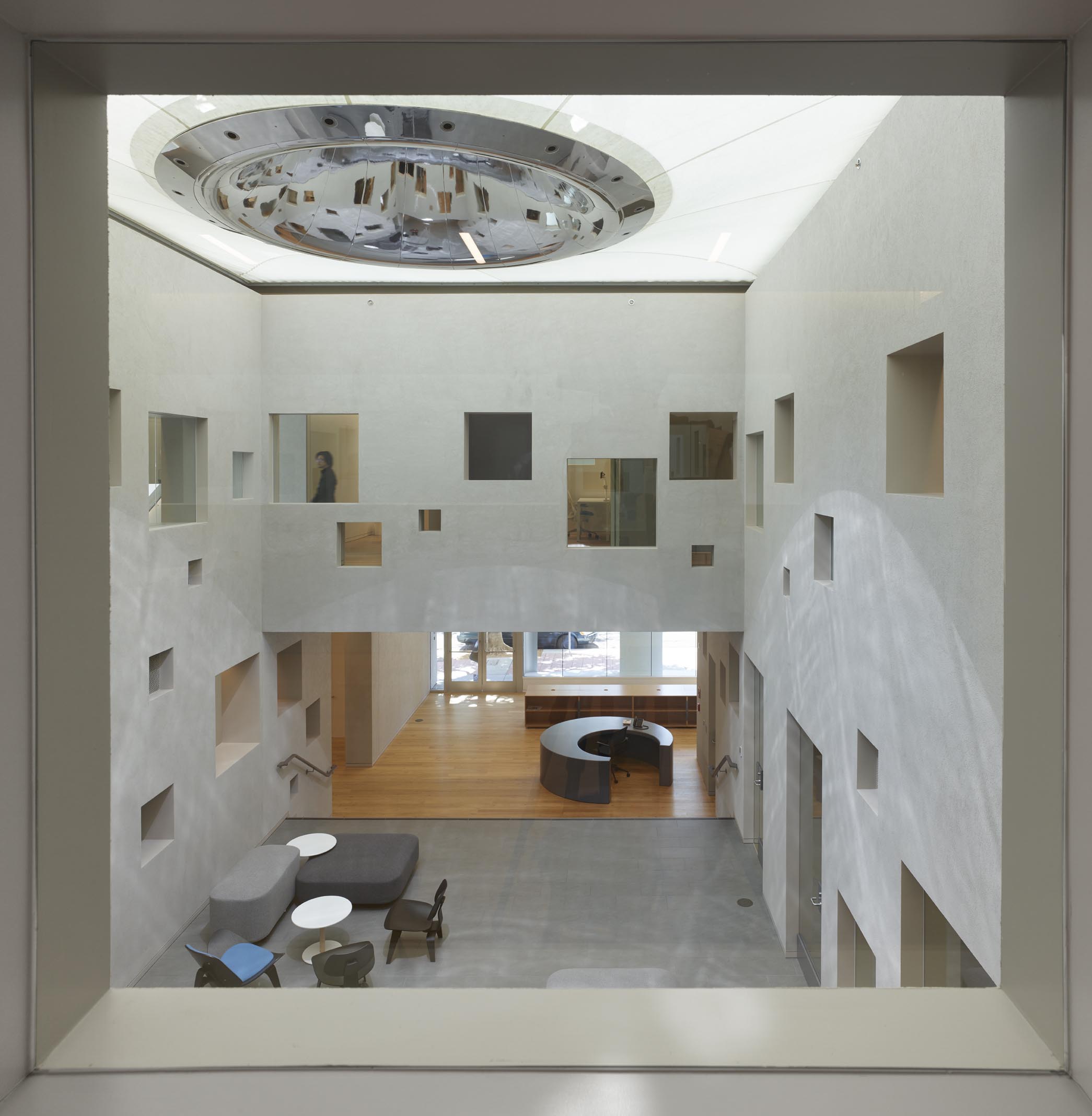by: Jane Rohde
Evidence-based design was developed and supported by The Center for Health Design (The Center), which is currently celebrating its 25th year as a non-profit organization. The Center is based on promoting research, education, and advocacy for the design of successful healthcare environments and has developed various “toolboxes” and issue briefs as resources for using EBD principles for innovative solutions.
EBD TOOLBOX: BEHAVIORAL & MENTAL HEALTH
The Center has recently released a Behavioral & Mental Health (BMH) Toolbox, which has been developed because 45 percent of patients admitted to a hospital for a medical condition or who visit an emergency department also have a concurrent BMH condition. This toolbox is complementary to the addition of a chapter on substance abuse treatment centers included in the 2018 Guidelines for Design and Construction of Residential Health, Care, and Support Facilities.
POTENTIAL DESIGN STRATEGIES FOR SUPPORTIVE ENVIRONMENTS: BEHAVIORAL & MENTAL HEALTH
- A homelike, de-institutionalized environment supportive of patient autonomy and control over a personal environment
- An environment that is well-maintained and well-organized
- Noise control
- Support of privacy
- Access to daylight and views of nature
- Physical access to the outdoors
- Support of personal safety/security
- Support for social interaction
- Positive distraction
This listing of design strategies is applicable to all types of healing environments and can work for emergency rooms, outpatient settings, and hospitals. These approaches continue to be successfully utilized in senior living settings including memory care facilities, providing not only positive outcomes for residents but also staff, family members, and visitors. It is time for the crossover and integration of all environments that provide care, support, and services to consider the complexities of the care populations being served and person-centered approaches for all constituents and stakeholders.
Intimacy is not typically a term utilized when describing healthcare settings. However, an individual’s health and well-being are extremely personal. If design was approached from an intimate level—looking at each personal human interaction from the entry sequence through meeting with care providers, being admitted, family visits, and subsequent follow-up—it would provide context for developing smaller-scaled spaces with good acoustics, lighting levels to support various personal or group tasks, wayfinding systems, and the needs for respite in a quiet outdoor space or a sun room.
A HEALING EXAMPLE: THE WAITING ROOM
During programming and planning, we talk about the function of what occurs in an area or room but often do not address actual examples of personal interactions that may occur within a certain space. For example, let’s take a waiting room with tables, chairs, maybe a TV and possibly vending machines. Consider a scenario in which a couple arrives and is directed to a waiting room and a doctor comes out with sad news: a diagnosis of cancer for a loved one, a death of a friend, or the loss of a child. That waiting room is now a place where sad information must be delivered. An adjacent private space, an opportunity to have a glass of water, and access to the outside for a breather should be considered based upon the human interaction.
The waiting room isn’t just a waiting room—it is a place where a full spectrum of emotions from sadness to joy is delivered. It is a place where family members come together. It can offer overnight accommodations or it can be a place where a meal is consumed. Identifying the personal interactions allow for the design to be so much more than a waiting room but a place of comfort scaled to accommodate the privacy needs of patients’ family members and friends.
If this framework were utilized as a health and wellness overlay in a BIM model, think of what could be identified as conflicts; this could affect the size and scale of lobbies and amenities offered, the sizing of patient rooms, and simplifying point-of-service operational flows to accommodate staff. We think of BIM models as identifying conflicts with building systems but what if it were expanded to identify places of human interaction? This is a tool that helps address person-centered design based upon the research that establishes the framework for decision making and relevant design strategies to fulfill the intimate needs required of a space.
The Terasaki Research Institute, completed by Atelier Hitoshi Abe in Los Angeles near UCLA’s campus, exemplifies the need to address human interaction and caring. The institute focuses on organ transplants and wanted an innovative and engaging space. The beautiful interior atrium provides access to daylight supporting human interaction—learning, working, and holding public events within the space. Acoustics and seating arrangements were addressed to accommodate the various uses while supporting human comfort.
The utilization of openings throughout the two stories of mezzanines provides wayfinding landmark placements and opportunities for daylighting and engagement, giving the spaces a sense of place while connecting to the outside and vice versa.
To coin a new phrase, the “environmental program for human interaction” could become another way to support person-centered healthcare projects with human-to-human interaction being the evaluation and overlay in planning and designing healthcare environments of the future.
Photography: Roland Halbe
Architect: Atelier Hitoshi Abe




